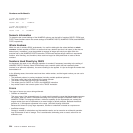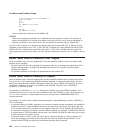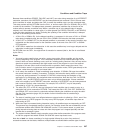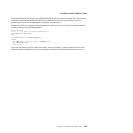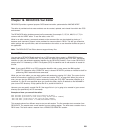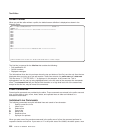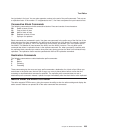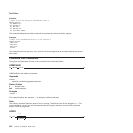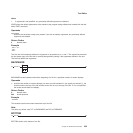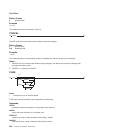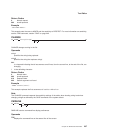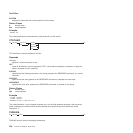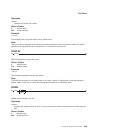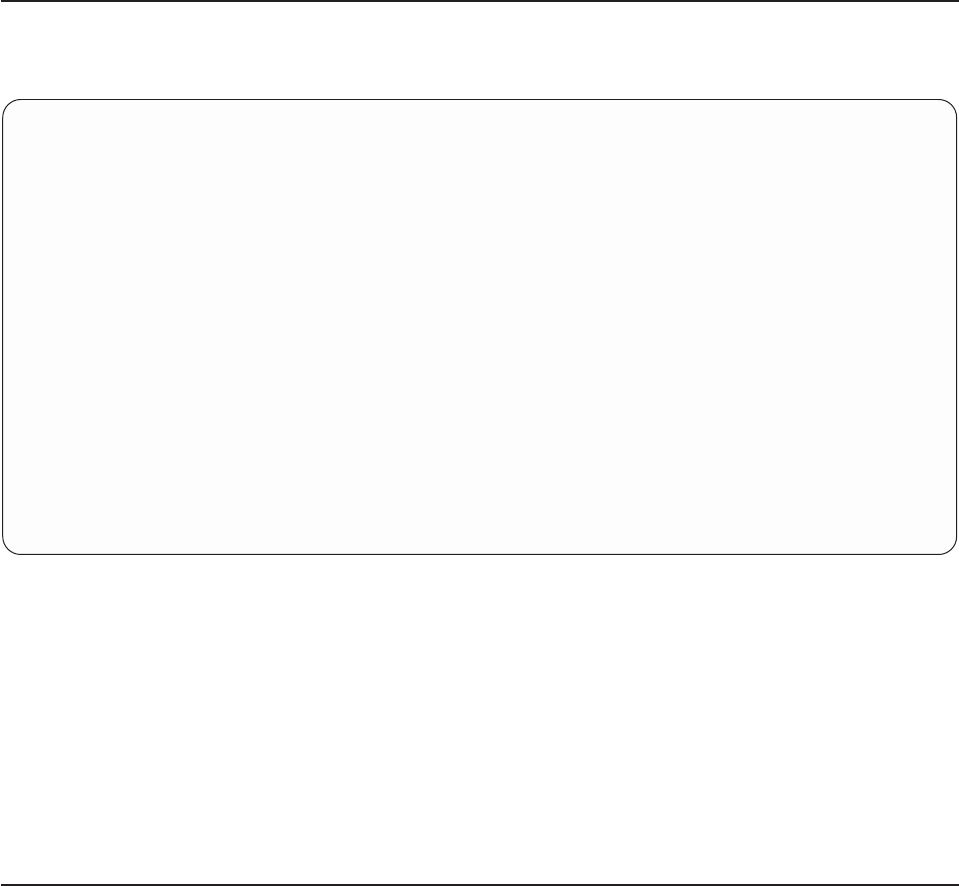
Screen Format
When you call the editor without a profile, the default screen definition is displayed as shown in the
following figure.
EDIT ---- POOL1:\USERS\USER1\TEST ------------------------------- COLUMN 1 73
COMMAND ===>
00000 ***************************** TOP OF DATA ************************
00001
00002
00003
00004
00005
00006
00007
00008
00009
00010
00011
00012
00013 **************************** BOTTOM OF DATA **********************
F1=HELP F2=LADD F3=FIL F4=SPLT F5=F F6=JN F7=BA F8=FWD F10=LFT F11=RGT F12=QUI
The first line is reserved for the title line that contains the following:
v Fully qualified file ID
v Column numbers
v Displayed messages.
The informational lines that let you know where the top and bottom of the file is are the only lines that are
displayed when you bring up a new edit session. These lines consist of a prefix area and a data area.
The line where “*** TOP OF DATA ***” is displayed, in this example, is the current line. This is
distinguished, from the rest, by being highlighted and it is the line most of the command line commands
affect. The command line lets you interact with the editor on a high level basis. All of the screen lines,
except for the title line, may be moved for convenience.
Prefix Commands
Several prefix commands are provided by the editor. These commands are entered in the prefix area and
give you the ability to copy, move, insert, delete, and replicate lines on either an individual or a
consecutive block basis.
Individual Line Commands
The following commands work with individual lines and consist of one character:
/ Specify current line in file
I Insert a line
D Delete a line
C Copy a line
M Move a line
R Replicate a line
" Synonym for replicate
When you enter one of the previous commands in the prefix area of a line, the command performs its
respective function on that line. If you enter an “I” in the prefix area of line 00000, the editor opens a new
Text Editor
232
CICS TS for VSE/ESA: REXX Guide



